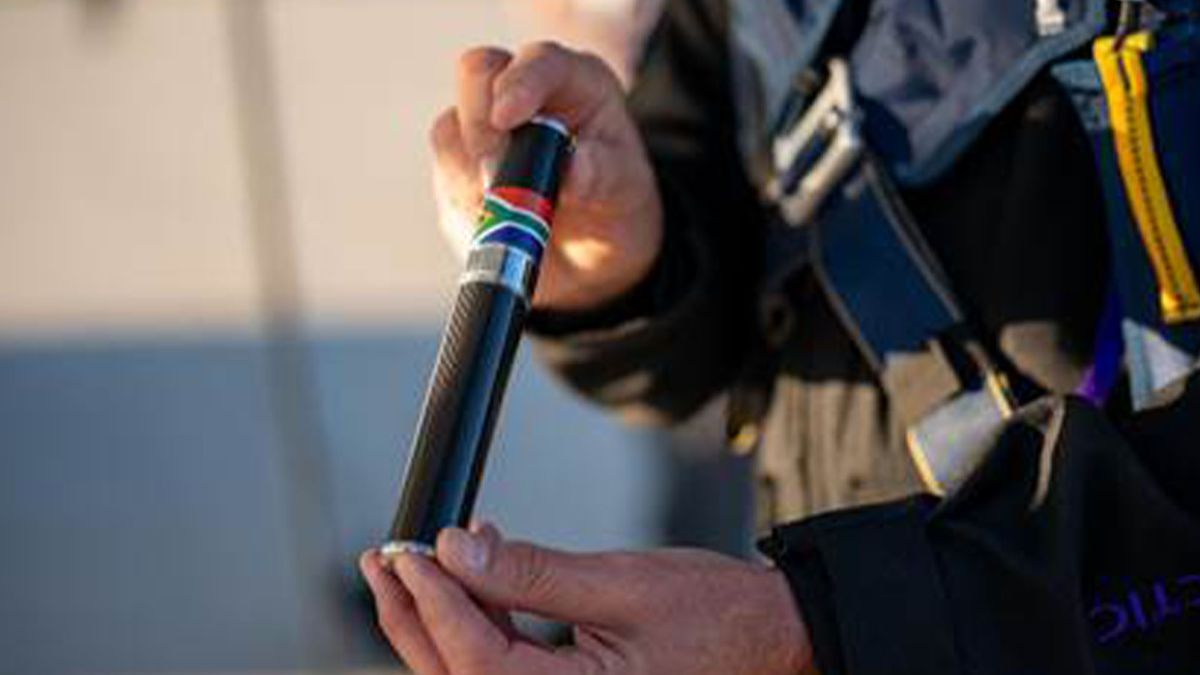Fragmentary remains of two ancient human relatives, Australopithecus sediba and Homo naledi, were carried aboard a Virgin Galactic flight on Sept. 8. Departing from Spaceport America in New Mexico, the fossils, carried by South African-born billionaire Timothy Nash in a cigar-shaped tube, were rocketed to the edge of space.
“I am horrified that they were granted a permit,” Sonia Zakrzewski, a bioarchaeologist at the University of Southampton in the U.K., wrote in an X thread, noting she would use it as an example in her class about unethical approaches. “This is NOT science.”



Ok no. They aren’t human remains, they are incredibly ancient ancestors of humans.
Pick out a hobby of yours for a moment. Something you like. Now let’s say that someone found an artifact related to the early days of that hobby. It’s a very rare one, like maybe the Nintendo PlayStation. Something cool that’s worth studying and learning about what could have been.
Now imagine some rich dickhead fucking blasted it to the edge of the fucking universe. Guess what, we can’t fucking learn about it anymore BECAUSE NOTHING CAN MAKE A FICKING ROUND TRIP TO GET IT BACK WITH CURRENT TECHNOLOGY. Anything we could have possibly learned about it. Gone.
And your response is “so what?”
They are back on earth again… I don’t think its a great thing to do, but as long as it’s not harmed its not a problem.
Radioactivity in space alters the remains significantly.
Not so much that it would matter, it was basically a long plane transport. Also its in a metal cylinder so radiation is kept outside…
Not unless it’s lead. Only lead is considered 100% effective against radioaction.
https://www.canadametal.com/what-are-the-various-materials-that-shield-from-radiation/
That can be prevented with metal box techology.
https://www.canadametal.com/what-are-the-various-materials-that-shield-from-radiation/
You mean lead box technology. You can’t use just any random metal unless you want poor results.
You’ll rarley find lead shielding on spacecrafts. Most of the radiation in space are high energy protons and these tend to knock neutons off lead atoms, creating secondardy neutron radiation.
It’s more common to use high density polyethylene or stainless steel for radiation shielding in space.
It was dumb to risk something this rare for no reward. That’s a problem.
But even with the remains safe, this is part of a troubling trend from the archeologist in question of seeking publicity and raising the stature of the H. naledi finds (which are legit amazing) beyond what he’s scientifically proven. Don’t blast them into space for a few minutes - show experts the proof for all those claims you continue to make despite failing peer review.
The issue is that you can’t guarantee there won’t be harm, and by doing it and not stopping it in the future, you are inviting others to do similar stuff. And probably to one up each other.
And eventually there will be an accident and something important will be lost forever.
Y’all are really out here acting like “no harm no foul” like you’d be fine with your toddler running into the street because “nothing happened!” This time. Next time, a semi could be speeding by.